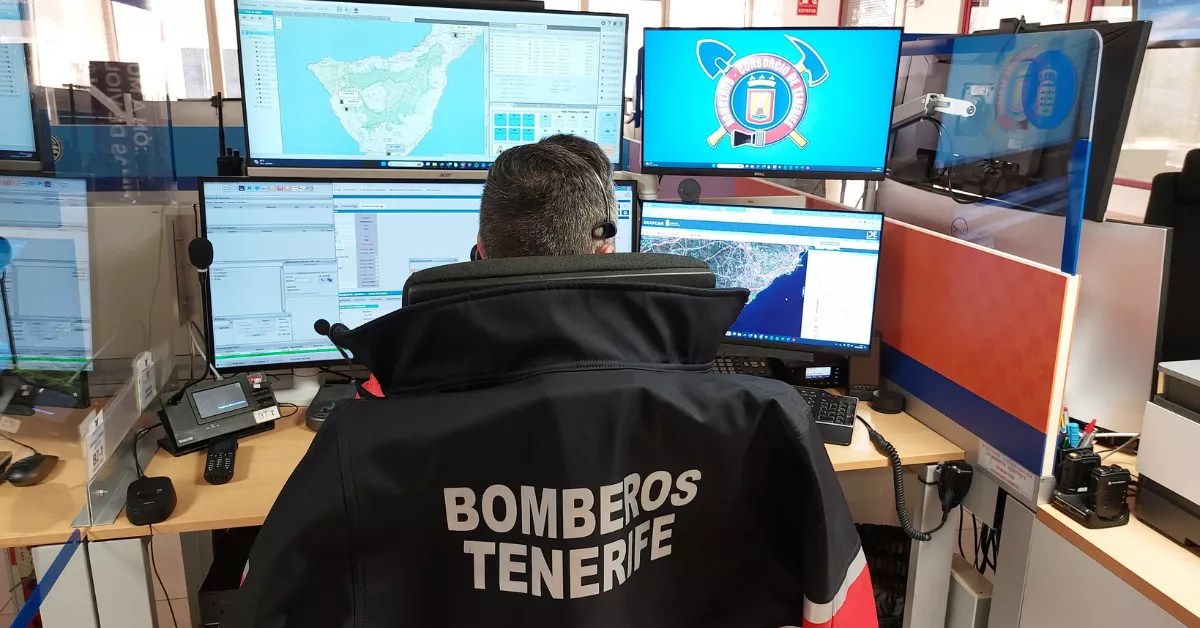
It is one of the great archaeological treasures of Tenerife. The Jama Rocka rock that is almost 800 meters above sea level located on the border that separates the municipalities of Arona and San Miguel de Abona, is one of the geomorphological elements that acquired great significance among the pre-Hispanic population of the Island, as evidenced by the location in its surroundings of up to 52 relatively well-preserved documented sites, 32 of them rock engravings. These are valuable vestiges that range from the pre-Hispanic era to dates after the conquest of the Island, which makes this area the archaeological space with the highest density of deposits in the south of the Island.
The technique used by the ancient settlers for the execution of the engravings was varied. There are incisions of a certain depth and more superficial strokes, and the predominant theme was geometric, with an abundance of parallel and crossed lines, although closed figures (rhombuses and triangles, above all) with internal subdivisions have also been located. One of the relevant stations has been found in the Lomo de la Centinela, where a set of geometric engravings and a highly singular panel were discovered in which the only lyrical-Berber inscription inventoried on the Island was discovered.

According to experts, the appearance of rock engravings on rocks located in places that allow a wide visual domain may be due, according to experts, to inter-tribal divisions or to indicate grazing areas, water points, strategic areas for livestock control and even with the in order to limit cultural venues.
“The areas of Roque de Jama, the Valley of San Lorenzo and San Miguel de Abona, in which phonolithic remains abound and not the classic basalts, are very rich and very interesting from an archaeological point of view,” he confirmed to this newspaper. geologist and paleontologist from Tenerife, Francisco García Talavera, who highlighted the presence of checkerboard engravings, “the intelligence games of the Guanches, of Amazig origin”. In addition, he recalled that the historian and physician Juan Bethencourt Alfonso documented that the language of the pre-Hispanic settlers was preserved in that part of the island until the second half of the 18th century.
But, in addition to the engravings, other archaeological evidence has been discovered, such as four habitation caves (shallow), located in the highest area of Roque de Jama, two others of a sepulchral nature (one in the Mesas de la Aldea, which preserves the remains of the old enclosing wall, and another on the left bank of the Arujo ravine, with skeletal evidence on an internal landing) and eight surface deposits with the presence of stones whose functionality has not been determined.
The cultural manifestation is completed with six sets of canals and bowls (small holes), some of extraordinary importance such as the one located in the Lomo de la Centinela or the Barranquillo de la Fuente. These are holes drilled in rocks in elevated areas that are mostly interconnected with each other by means of channels also carved in rocks. According to the archaeological literature, these sets would have been built to spill liquids, which would open the door to their possible use for aboriginal religious rites related to rain or fertility.
García Talavera calls for greater sensitivity from the authorities to protect and publicize the culture of the ancient inhabitants of the Archipelago. “It gives the impression that they do not feel our heritage, it seems incredible that after more than 30 years of nationalist government so little has been done, and it is unfortunate, because part of that culture is being lost; you just have to see how the Guanche toponyms are disappearing”, he indicated.
The heritage values that extend to Roque de Jama and its surroundings are completed with the presence of elements of an ethnographic nature: fountains, hydraulic infrastructures, traditional paths and even a farmhouse such as La Fuente, which has been able to preserve its typology. characteristic of the traditional architecture of the Island.
The Government of the Canary Islands agreed, on February 27, 2018, to declare the Roque de Jama-La Centinela Asset of Cultural Interest with the category of Archaeological Zone “due to the need for protection and conservation required by the wide and brilliant repertoire of archaeological resources that they have. as support the Roque de Jama and the hills and orographic eminences that surround it: El Roquito, La Centinela, Lomo de la Centinela, El Roquete or Roque de las Mesas de Aldea”.
To adopt this decision, the regional Executive underlined the “high fragility” and “vulnerability” of the group of archaeological sites and argued the need to establish “a security zone that allows its protection against the urban expansion processes that are being developed. in the surrounding area.”
















